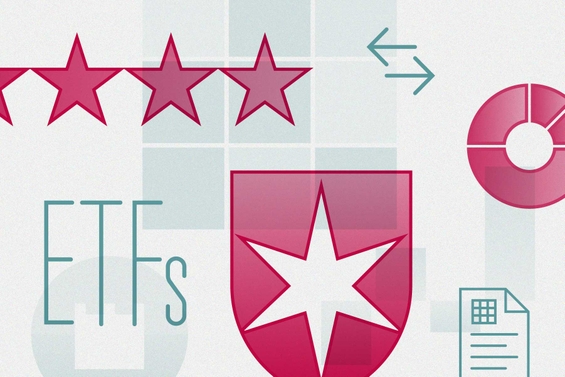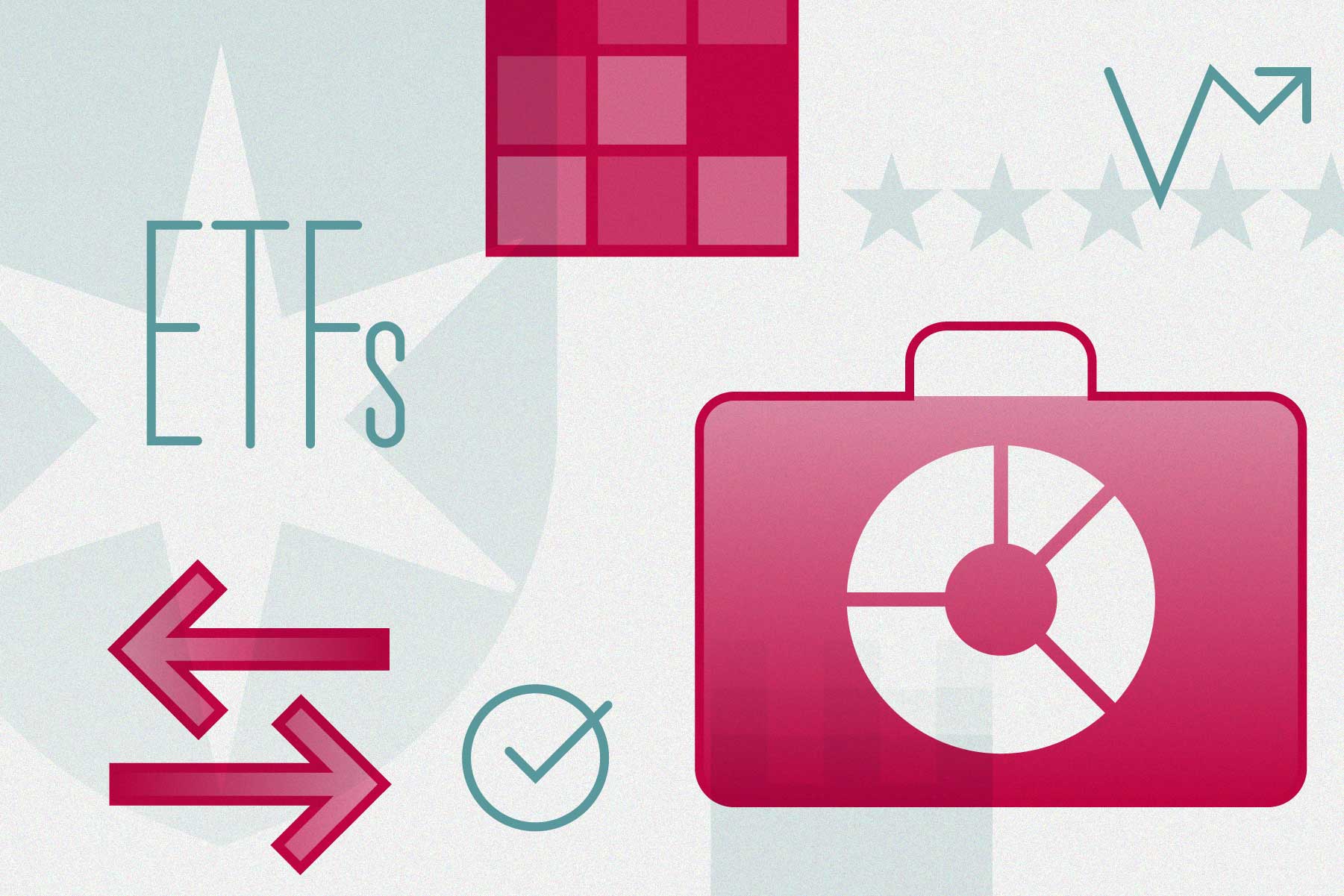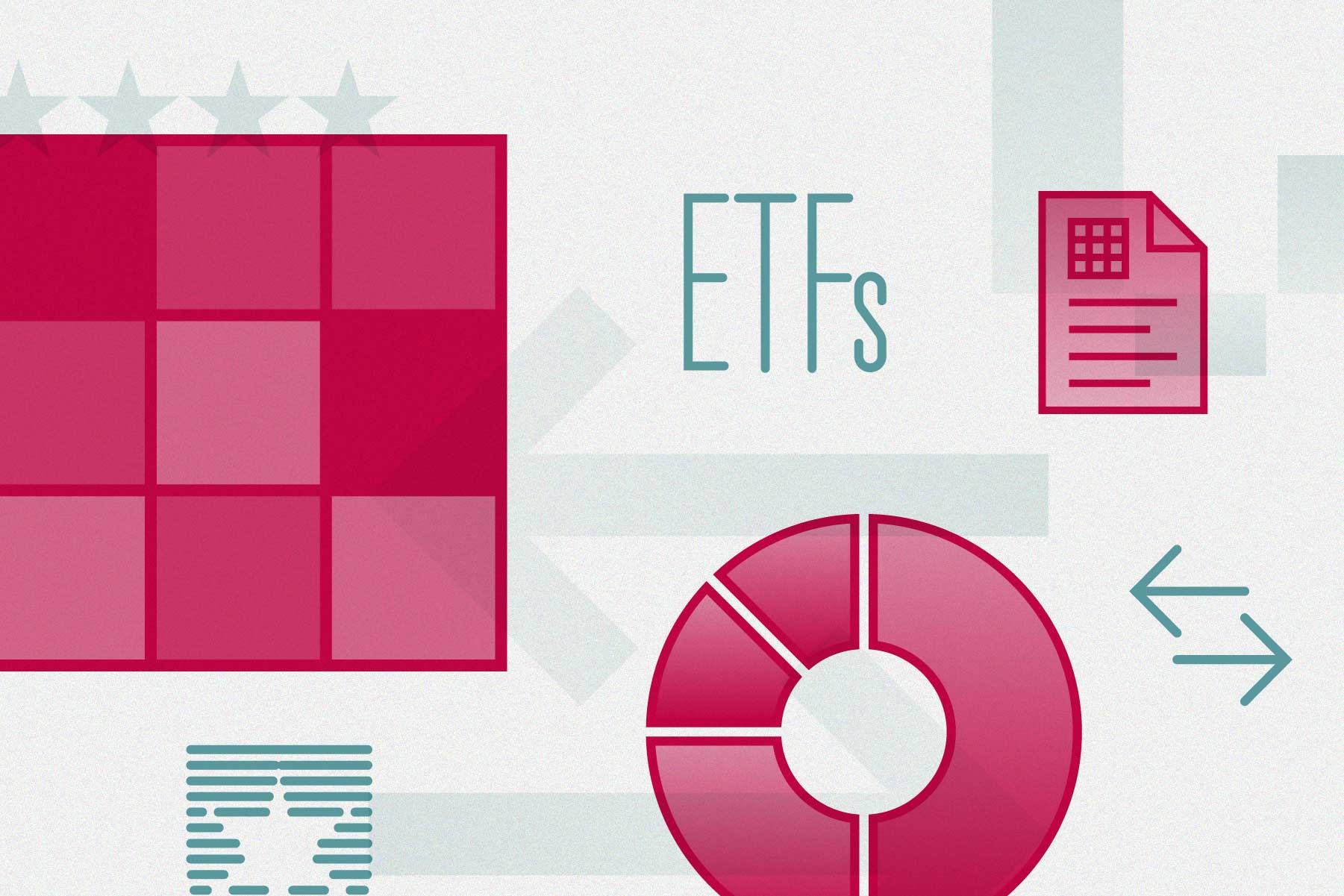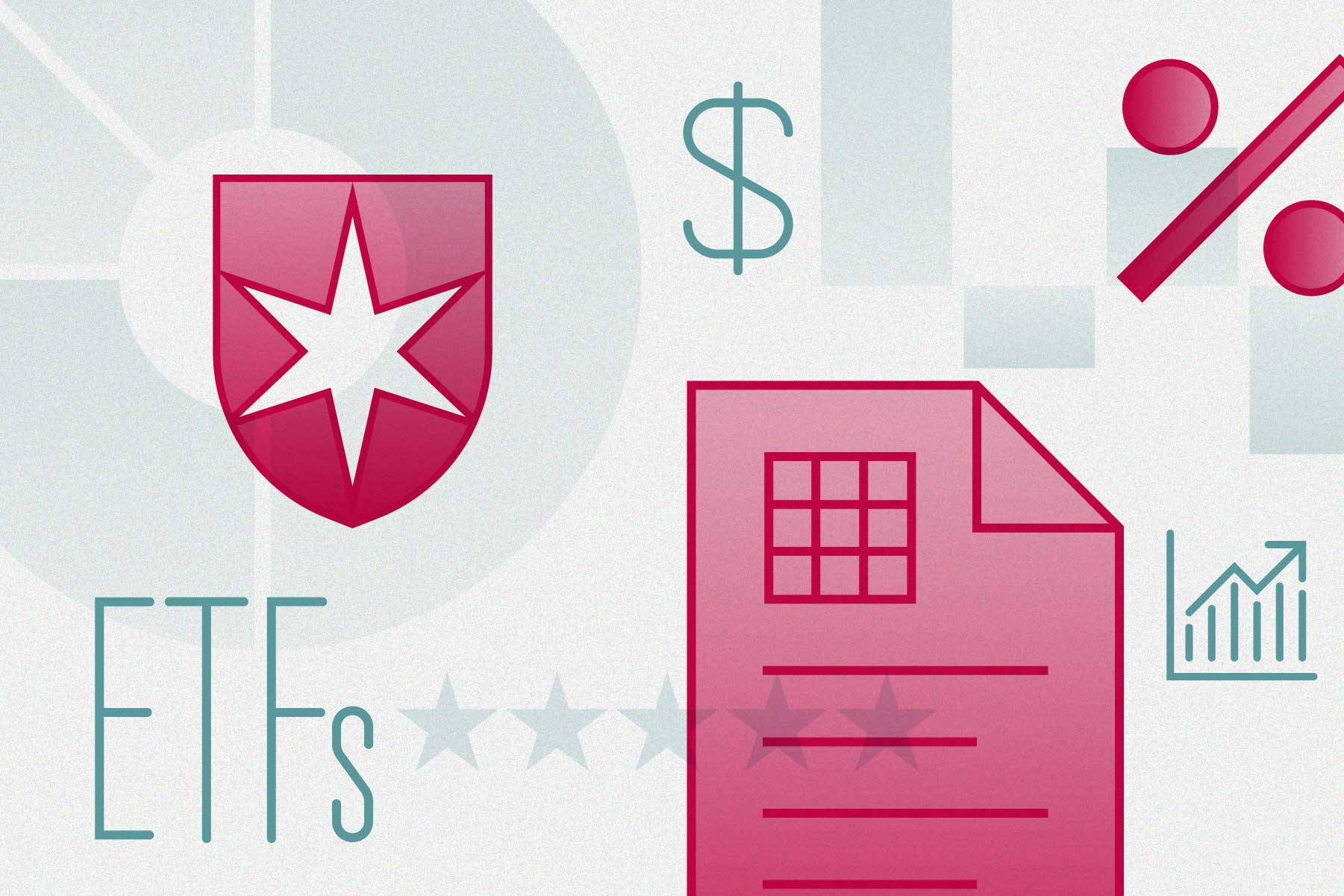How Does Morningstar Determine Which ETFs are the Best?
The best ETFs receive Morningstar Medalist Ratings of Gold, the highest rating on a five-tier scale that consists of Gold, Silver, Bronze, Neutral, and Negative.
The Morningstar Medalist Rating may be assigned by an analyst or driven by quantitative algorithms that allow Morningstar to scale its fund coverage. To narrow the scope of this list, the funds below have ratings assigned by analysts.
The Morningstar Medalist Rating is a forward-looking measure of Morningstar’s confidence in a fund’s ability to beat its peers, after accounting for fees and risk, through a market cycle. Medals (Gold, Silver, and Bronze) indicate that analysts expect a fund to outperform its peers over a full market cycle; Neutral and Negative ratings mean that analysts aren’t confident in a fund’s ability to do so.
A fund’s rating is based on an assessment of the fund managers’ approach to their investment strategy (Process), the individuals who manage the fund (People), and the asset manager that offers the fund (Parent). These pillar assessments also account for other factors like Price and Performance.
The relative impact of each pillar on the overall rating depends on whether a fund is actively or passively managed. For the many ETFs that are passively managed, the Process Pillar is more important than the People assessment.
The majority of the Gold-rated ETFs, listed below, consist of low-cost, passively managed funds that our analysts believe will tightly track a reasonable index over a long time frame. Many of these ETFs can be core holdings in a portfolio; few niche ETFs receive Gold ratings because they take on too much risk by targeting narrower themes.




